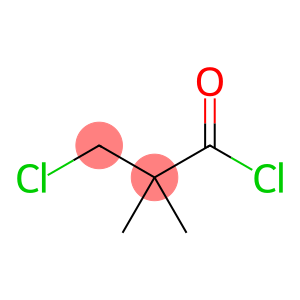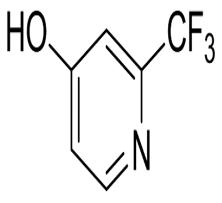Ethyl nonanoate(CAS#123-29-5)
| Hazard Symbols | Xi – Irritant |
| Risk Codes | R36/37/38 – Irritating to eyes, respiratory system and skin. |
| Safety Description | S26 – In case of contact with eyes, rinse immediately with plenty of water and seek medical advice. S36 – Wear suitable protective clothing. |
| WGK Germany | 2 |
| RTECS | RA6845000 |
| TSCA | Yes |
| HS Code | 28459010 |
| Toxicity | LD50 orally in rats: >43,000 mg/kg (Jenner) |
Introduction
Ethyl nonanoate. The following is an introduction to the properties, uses, preparation methods and safety information of ethyl nonanoate:
Quality:
Ethyl nonanoate has low volatility and good hydrophobicity.
It is an organic solvent that is miscible with many organic substances.
Use:
Ethyl nonanoate is commonly used in the preparation of coatings, paints, and dyes.
Ethyl nonanoate can also be used as liquid insulating agent, pharmaceutical intermediates and plastic additives.
Method:
The preparation of ethyl nonanoate is usually produced by the reaction of nonanol and acetic acid. Reaction conditions generally require the presence of a catalyst.
Safety Information:
Ethyl nonanoate should be well ventilated during use to avoid inhalation of vapors.
It is irritating to the skin and eyes and should be rinsed with water immediately after contact.
Ethyl nonanoate has low toxicity, but it is still necessary to pay attention to safety measures when using it to avoid accidental ingestion and prolonged exposure.








